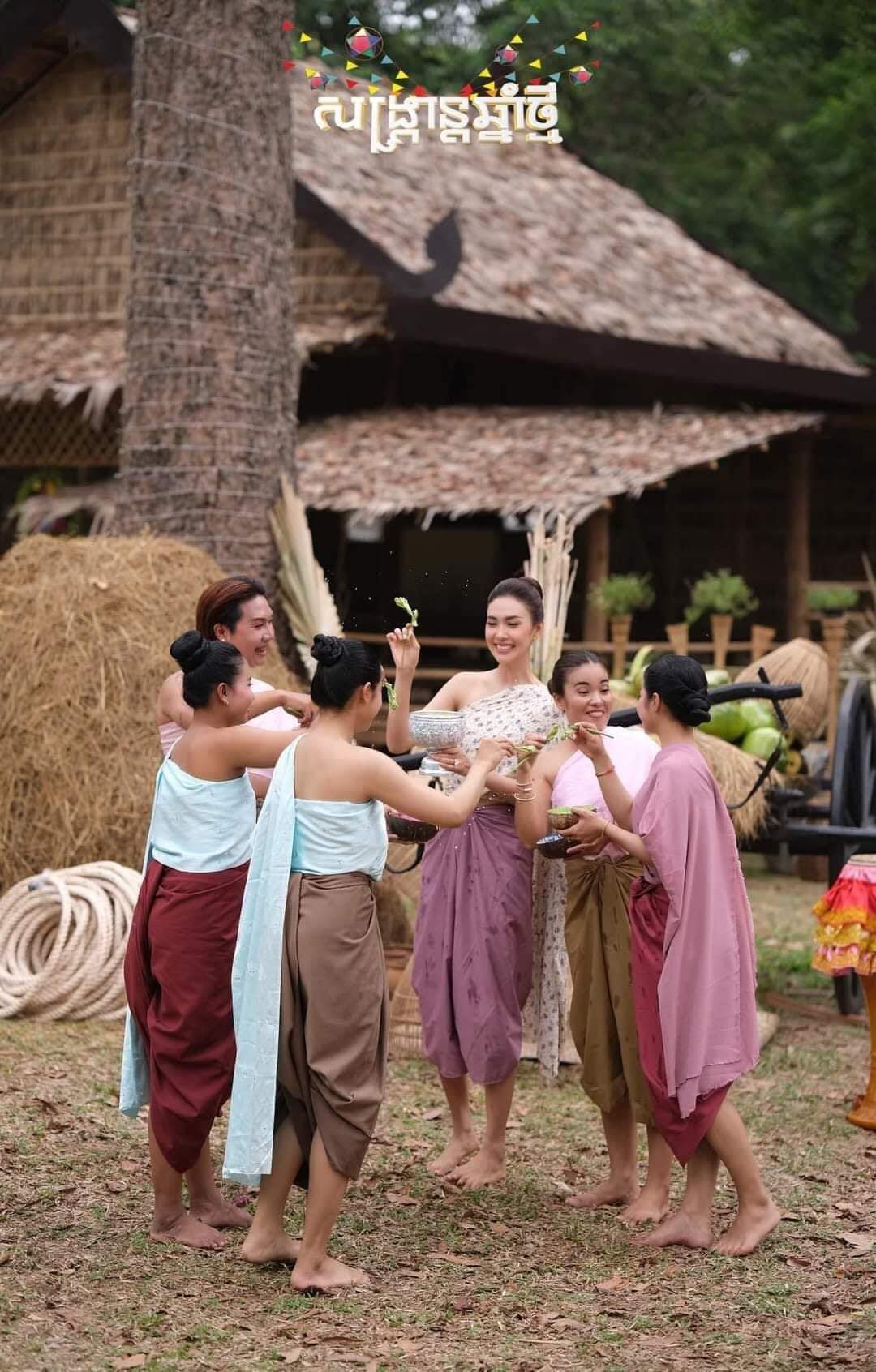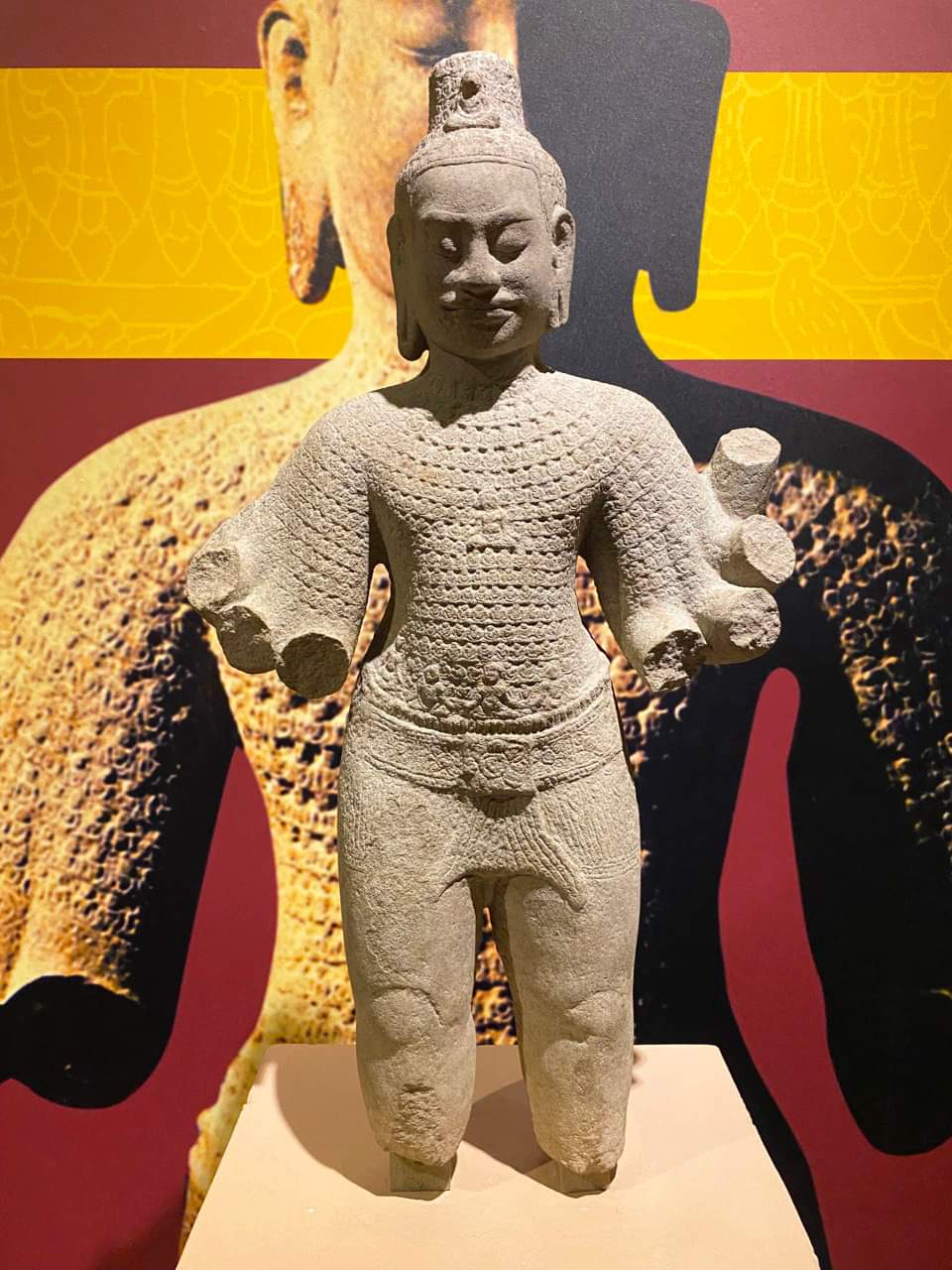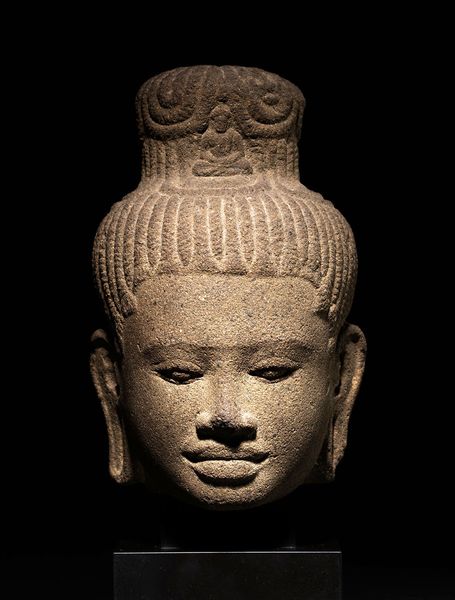
Administrators
•
•
Cambodian (Khmer)worn for Sbai traditional wedding costumes
History of Khmer Sbai traditional costume :
Sbai or Sabai or Pha Biang is shawl-like garment, or breast cloth worn in mainland Southeast Asia. Sabai is a woman's silk breast wrapper in Cambodia from Funan and Khmer empire era and had been introduced in the Central Thailand while in coastal Sumatra the same term is used to described as a shoulder cloth; the sabai was derived from the Hindu sari, the end of, worn over one shoulder. Sbai comes from a Khmer word that refers to any kind of soft garment. In clothing, it refers to shawl-like garment or breast cloth used by women and to the lesser extent religious men in Cambodia. Sabai is a Thai word derived from the Khmer Sanskrit. Sbai is derived from the Hindu sari which may have been introduced to Southeast Asia through the Indianized Kingdoms along with other traditions and elements of Hinduism legacy .There are related mythologies in the Khmer culture concerning the history of sbai, introduced during the Khmer Kingdom of Funan or Nokor Phnom in the first century AD; the sbai is mentioned in the legends of Neang Neak ( Nagi Soma ) In one scene, Preah Thong ( Kaudinya 1 ) clings to a piece of cloth worn on the Nagini in order to make the journey to the Nāga's kingdom.
In that tale, the sbai is symbolic of the tail of the Nagi princess. During the Khmer Kingdom of Chenla at time of Bhavavarman 1 , the ladies-in-waiting of the palace were known to wear a shawl-like sbai over the left shoulder to cover the breast and stomach. Royal women wore a loosely decorated band of beads worn crosswise. In Angkorian period, although it was common for men and women to be topless, however clothes for the upper body were worn: the bas reliefs of Bayon and Preah Khan temples depict women wearing a shawl-like sbai while religious male figures are adorned with stylised sbai. At Angkor Wat, there are depictions of topless Apsaras holding sbai connected to their sampot, while the northern wall of Angkor Wat depicts a group of ladies wearing long sbai holding various offerings. For men Brahmin and Buddhist monk, the sbai called sbong sbai trai chivor, is considered the robe of Hindu and Buddhist monks. For women, sbai can be used and in different ways such as to wrapping it around the body, covering the shoulder, covering the breast and stomach over the left shoulder.
Different styles of sbai are used by Cambodian women based on their traditions. Nowadays, sbai is most used in traditional Khmer weddings during the rite of Preah Thong Taong ( Kaudinya 1 ) Sbai Neang Neak ( The Nagi soma ) which represents the legend of the foundation of Funan and where the groom holds on to the bride's sbai as they go to their room; the groom wears a sbai. It is common for Lao women to wear sabai. A sabai can be worn by men in weddings or when attending religious ceremonies; the type of sabai worn by Lao men has checkered patterns. Sabai can be a long piece of silk, about a foot wide, draped diagonally over the chest covering one shoulder with one end dropping behind the back. Archaeological evidence from a Mon Dvaravati site , ancient kingdom of Jayavarman Kaudinaya of Funan . depicts five ladies playing instruments and wearing what seems to be a piece of fabric hanging from their shoulder, quite similar to sabai.
Sabai was introduced in South east Asia with the Indianization with Kaudinaya 1 with the Princess Nagi Soma



 Monks
Monks

 Monks
Monks Buddha Dhamma Monk
Buddha Dhamma Monk business buddhism
business buddhism buddha dharma monk
buddha dharma monk  Buddha Chak IT
Buddha Chak IT  Cambodia4World
Cambodia4World  Bokator Cambodia
Bokator Cambodia  Monk Cambodia
Monk Cambodia Economic Buddhism
Economic Buddhism  Lbokator Khmer
Lbokator Khmer  Housewife Khmer
Housewife Khmer  Kun Lbokator
Kun Lbokator Preap News
Preap News  Sampeah News
Sampeah News  Kampuchea Chef
Kampuchea Chef 
















































